This is a walking type automatic rice transplanter, it is a engine operated and backward walking type machine. This is 6 rows rice transplanter. The planting frequency of this machine is 120 per minute. It has a row space of 250-300 mm.
Description
A rice transplanter is a specialized agricultural machine that helps farmers to transplant rice seedlings from the nursery to the paddy field. It is an efficient tool that saves time and labor compared to traditional manual methods of transplanting. The machine consists of several components, including a power source, a seedling tray, a planting mechanism, and a driving system. The power source can be either manual or machine-operated, depending on the model. The seedling tray holds the rice seedlings, which are then picked up by the planting mechanism and transplanted into the paddy field at regular intervals. The driving system moves the transplanter through the field and controls the depth and spacing of the seedlings. Using a rice transplanter not only reduces the amount of time and labor required for transplanting but also ensures more uniform plant spacing, leading to better crop yields. Additionally, the use of a transplanter can help reduce the strain on farmers’ backs and improve the overall efficiency of rice cultivation.
Advantages of Rice Transplanter
Time-saving: Rice transplanter is much faster than manual transplanting, which can save a lot of time and labor. It can transplant several seedlings at once, thereby reducing the time and effort required for the entire process.
Uniformity: The use of a rice transplanter ensures that the seedlings are uniformly spaced and planted at the same depth, which can lead to better plant growth and yield.
Precision: With a rice transplanter, farmers can precisely control the depth of planting and the spacing between seedlings. This level of precision can be difficult to achieve with manual transplanting methods.
Increased efficiency: A rice transplanter can help farmers cover more area in less time, which can increase overall efficiency and productivity.
Labor-saving: Transplanting is a labor-intensive task, and a rice transplanter can significantly reduce the number of laborers required to complete the task, thereby reducing labor costs.
Reduced plant damage: During manual transplanting, seedlings are often damaged, which can affect plant growth and yield. The use of a rice transplanter reduces the risk of plant damage and ensures that the seedlings are planted with minimal disruption to their roots.
Overall, the use of a rice transplanter can lead to better yields, increased efficiency, and reduced labor costs, making it a popular choice among rice farmers worldwide.


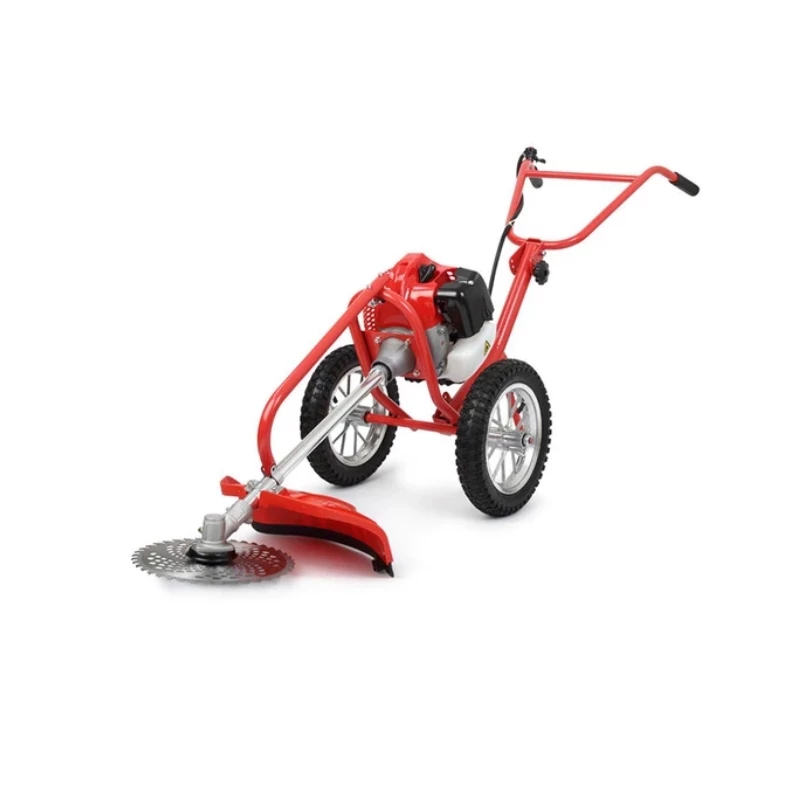
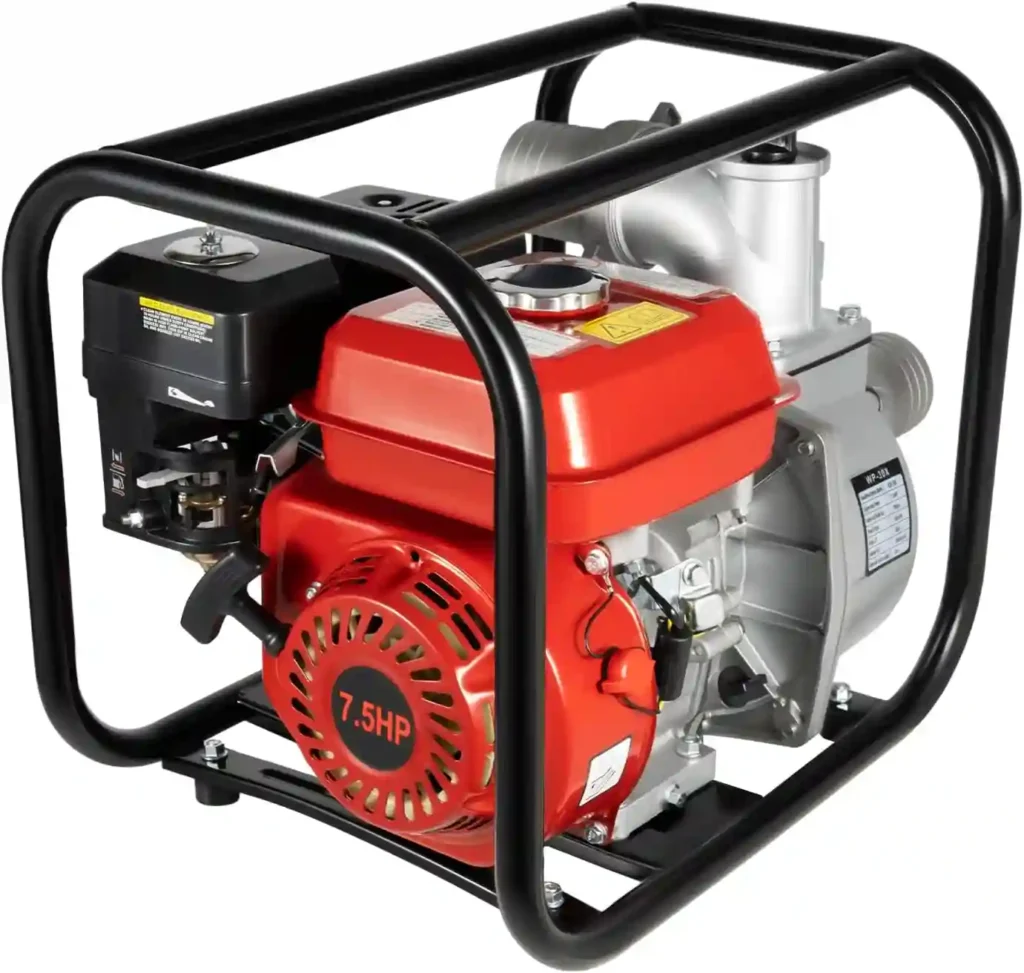
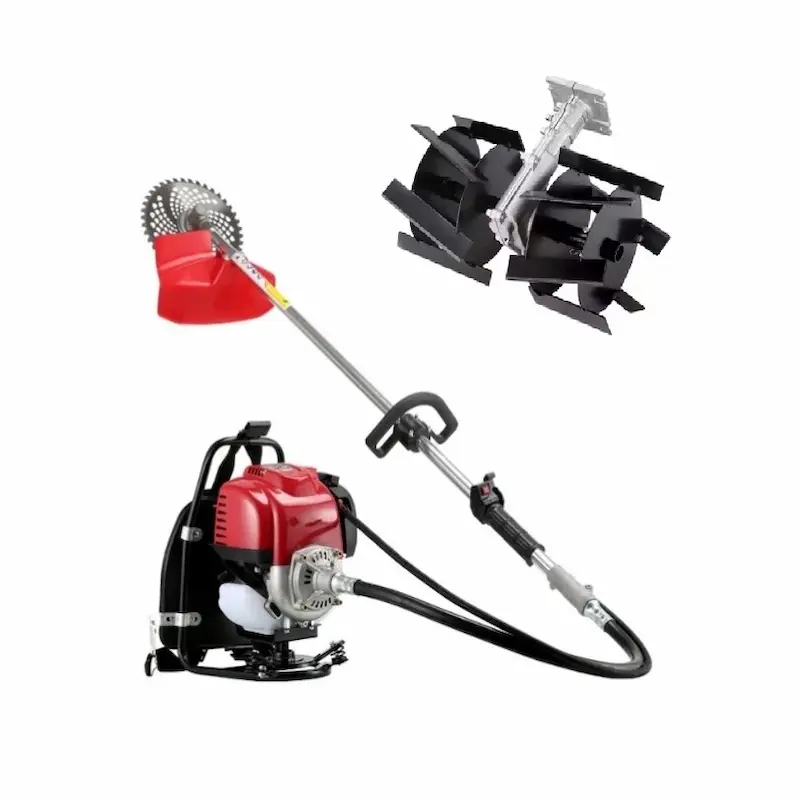
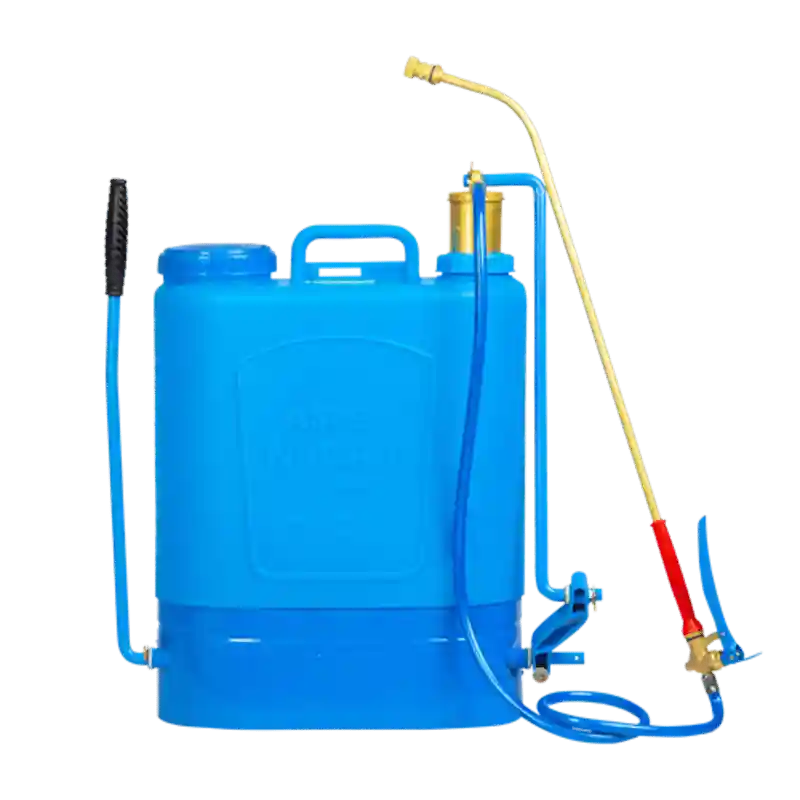
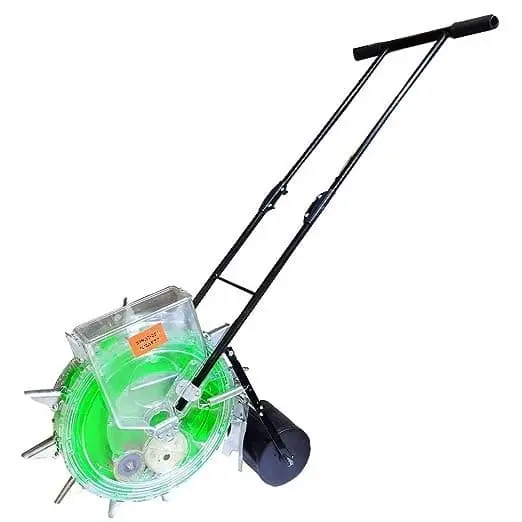

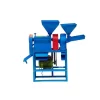
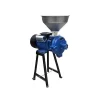
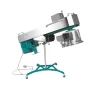

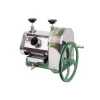
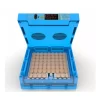
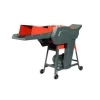
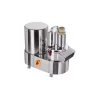
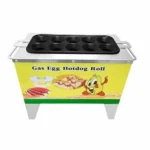

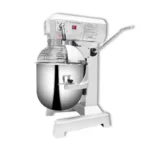
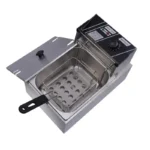
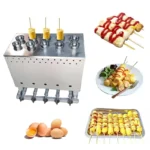
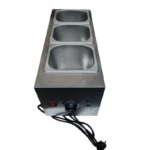
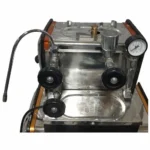
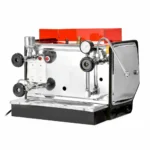
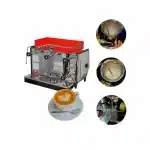
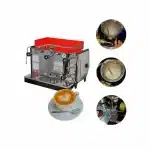
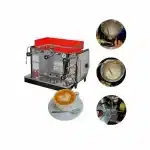
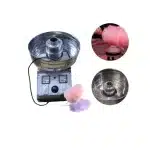
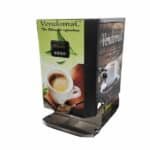
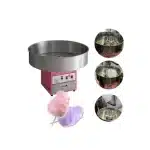



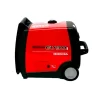
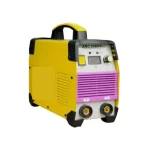
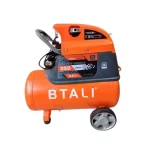



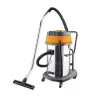
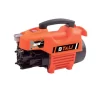
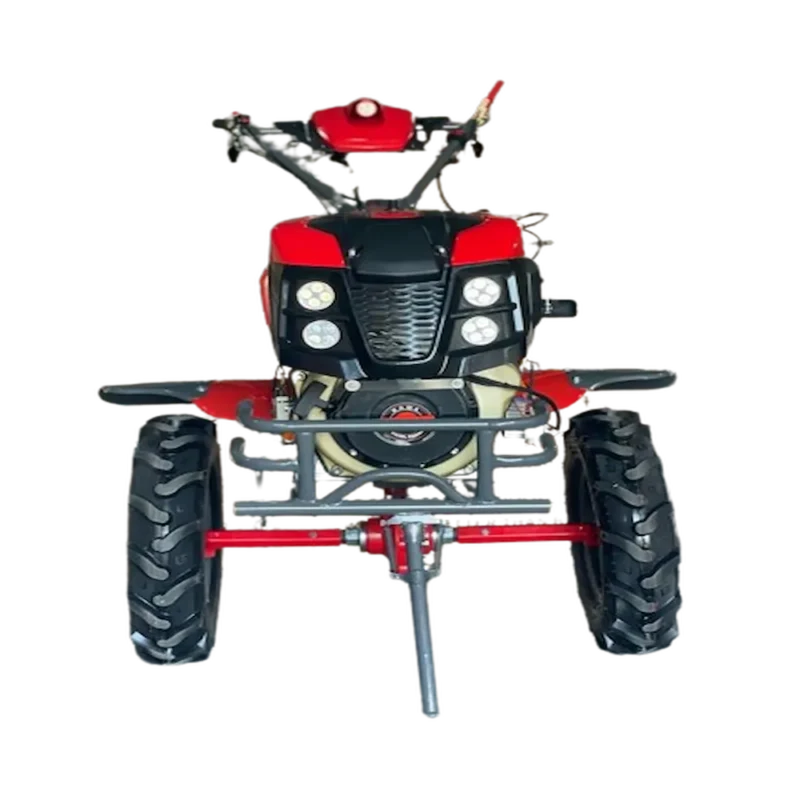
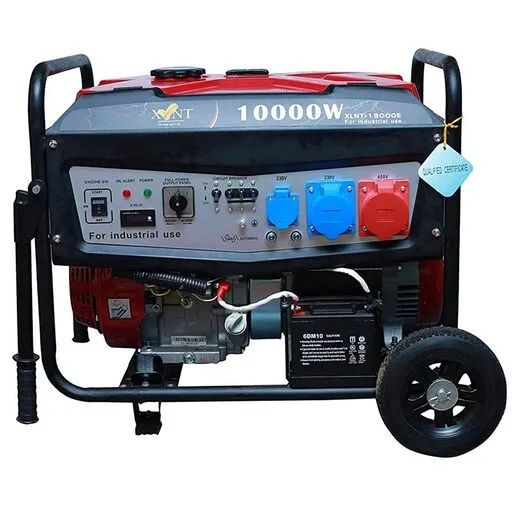



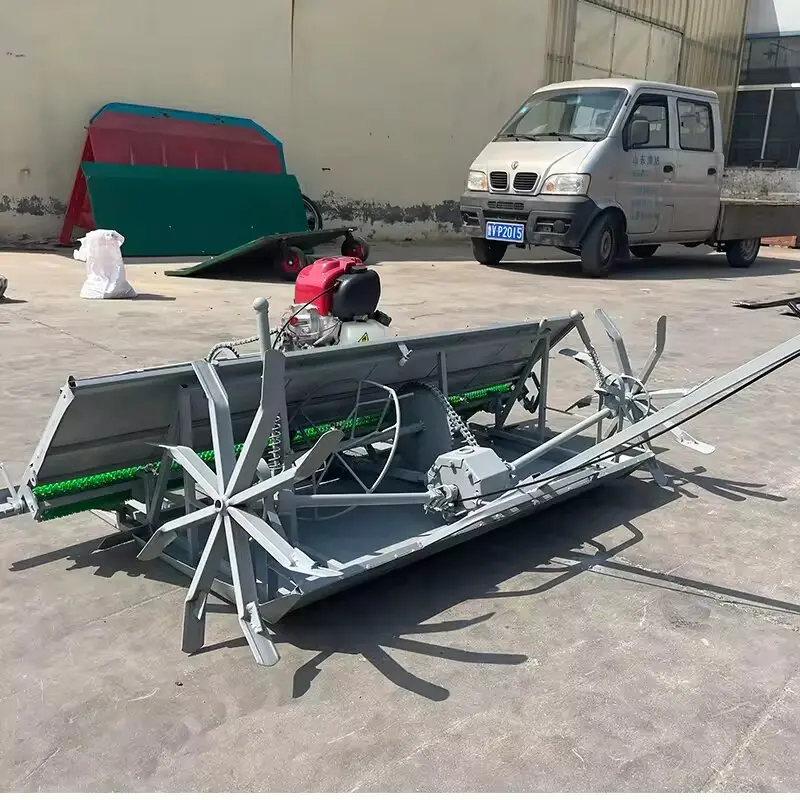
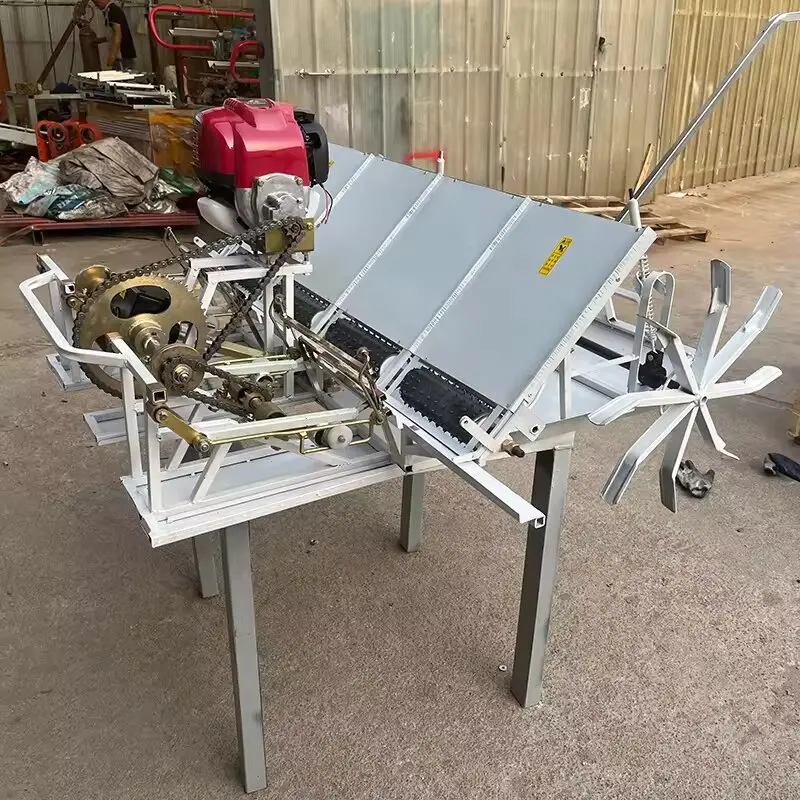
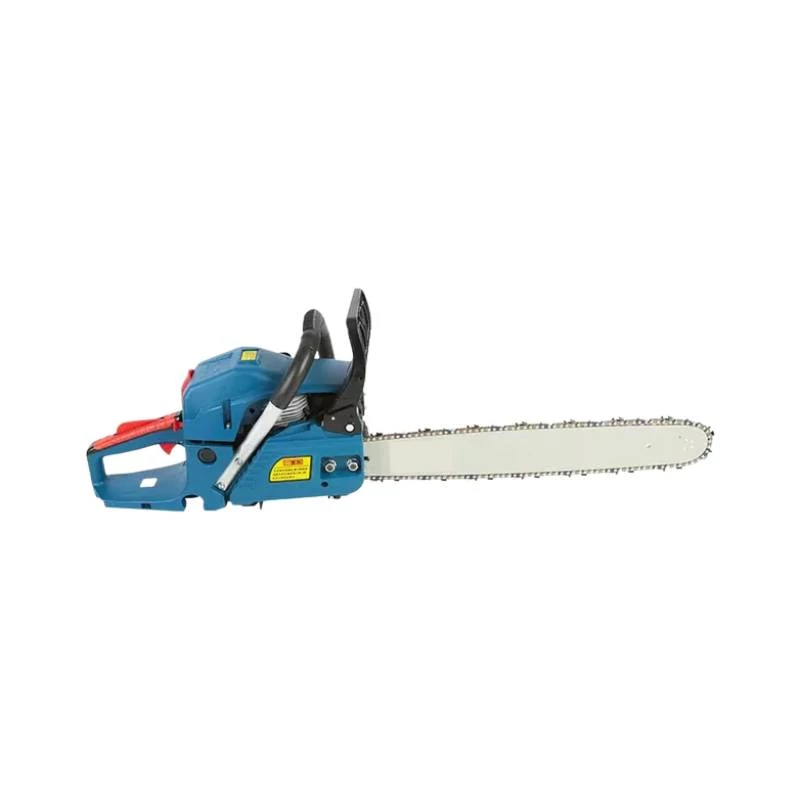
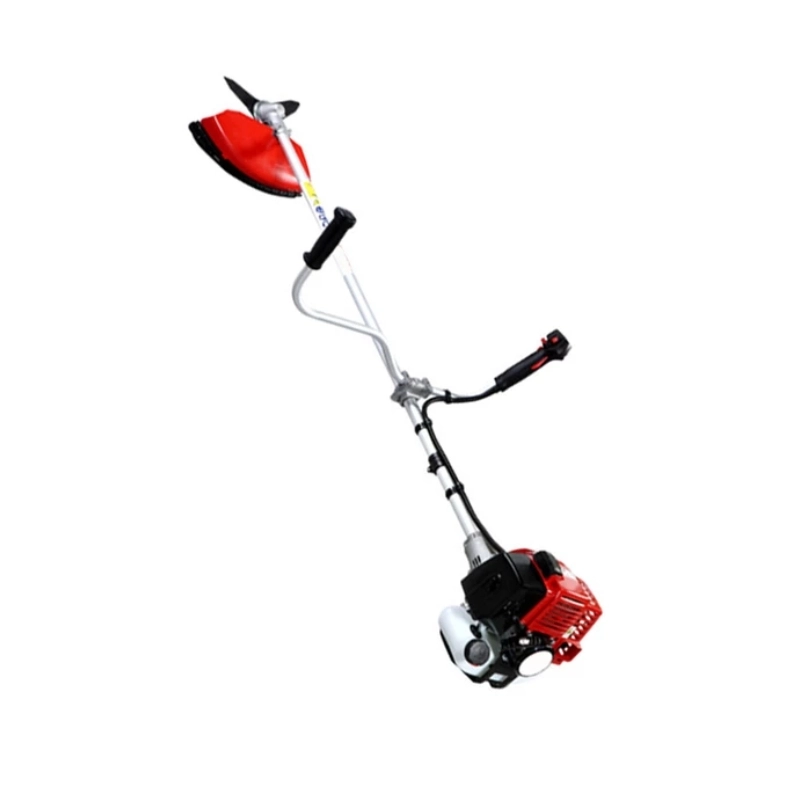
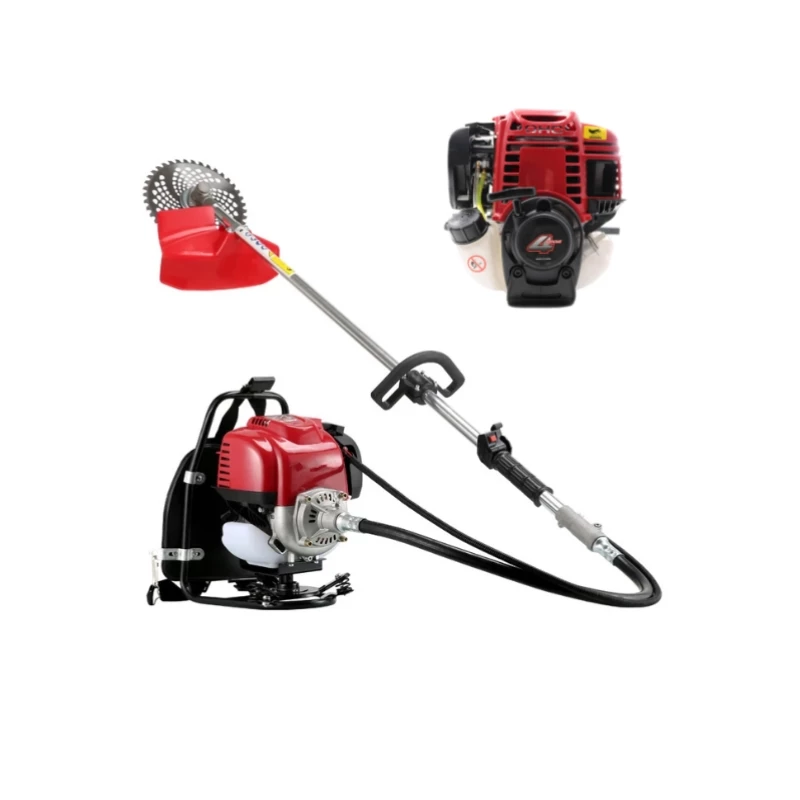
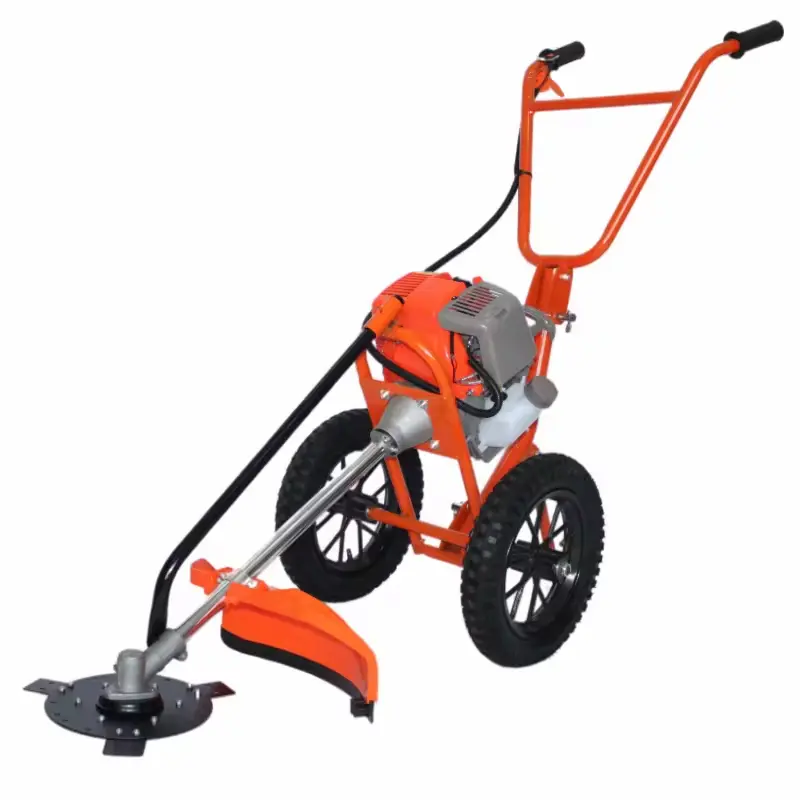
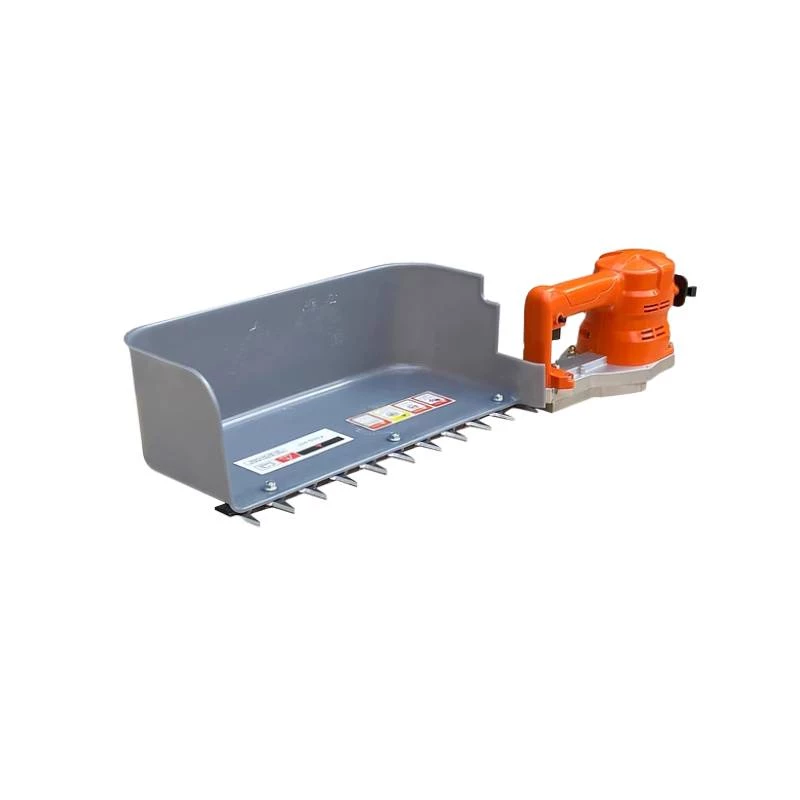
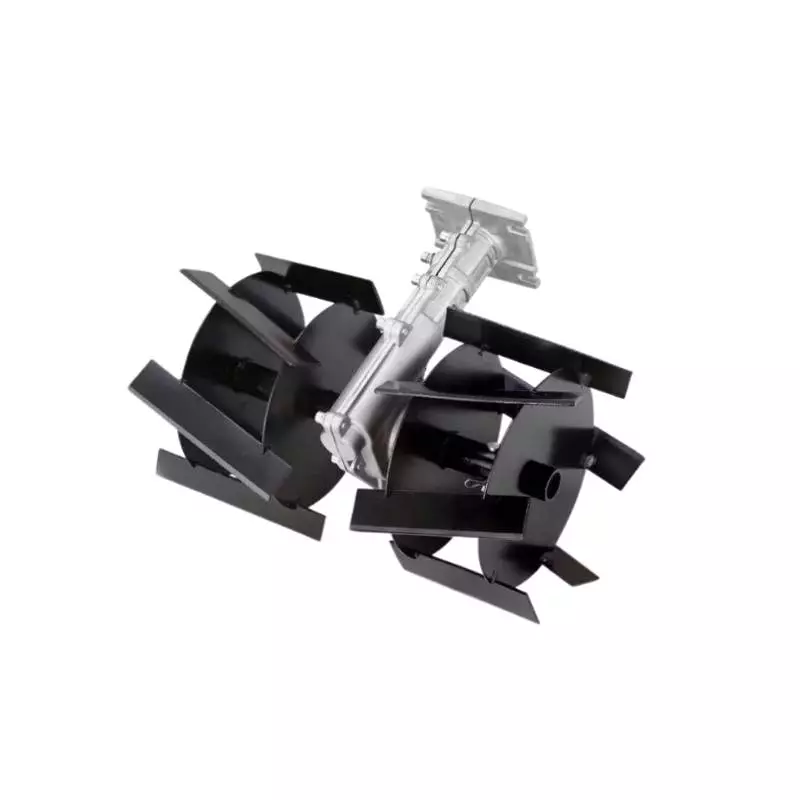
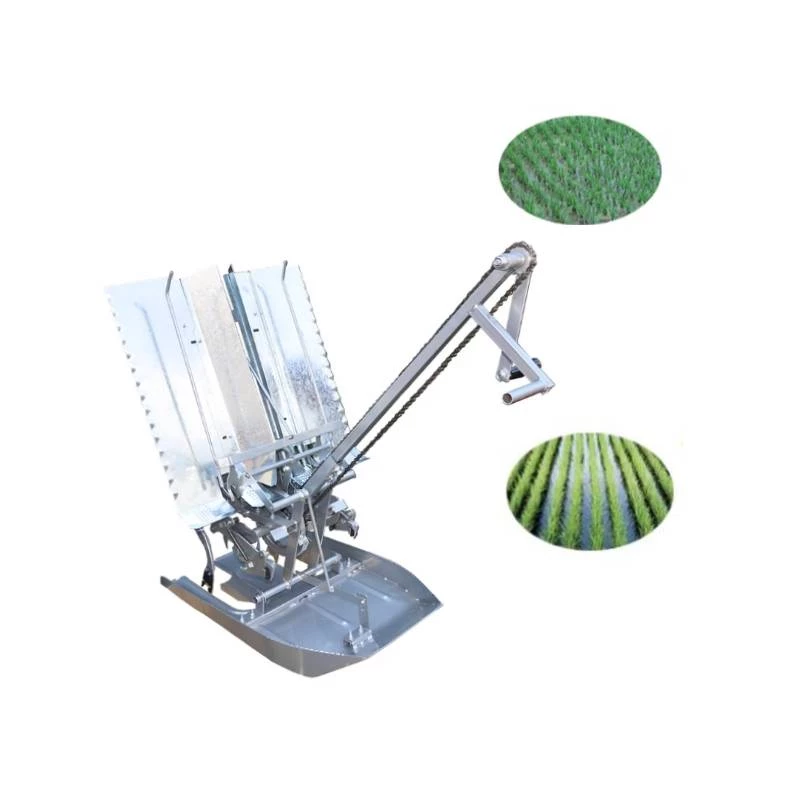
Reviews
Clear filtersThere are no reviews yet.